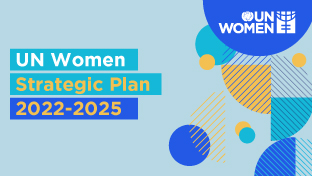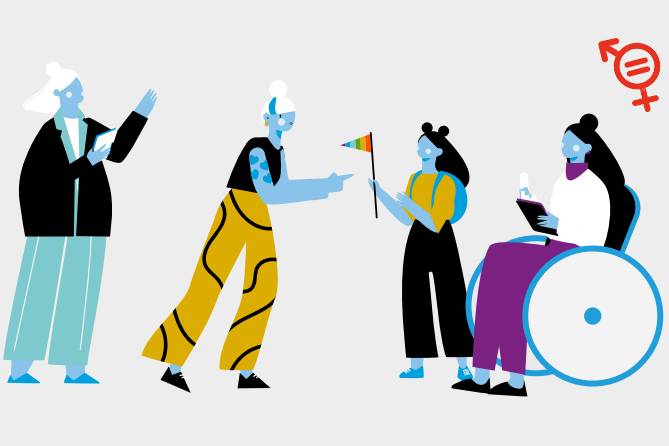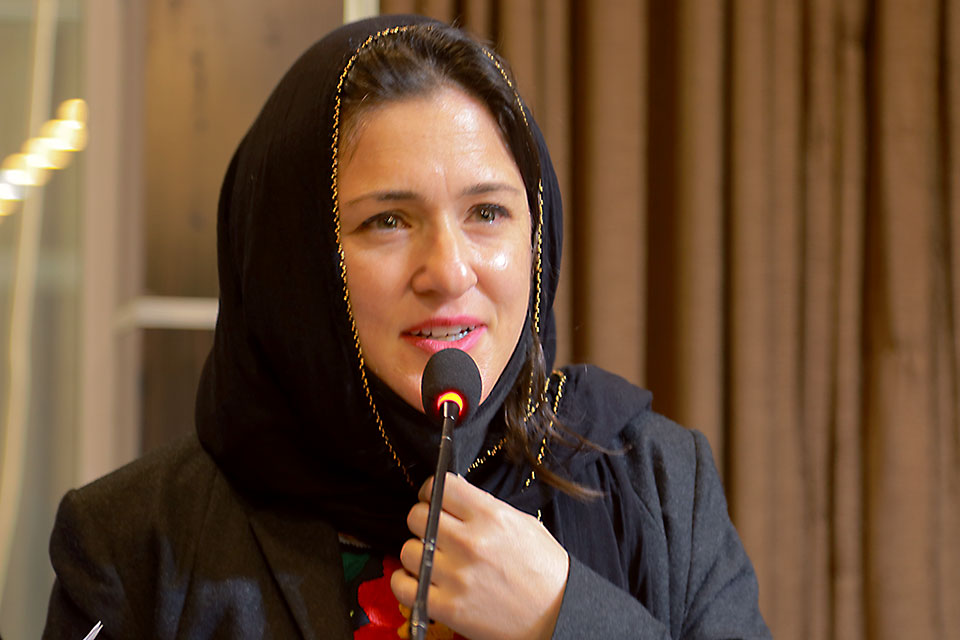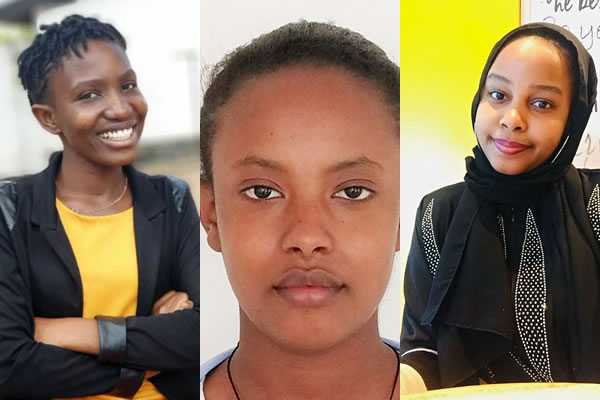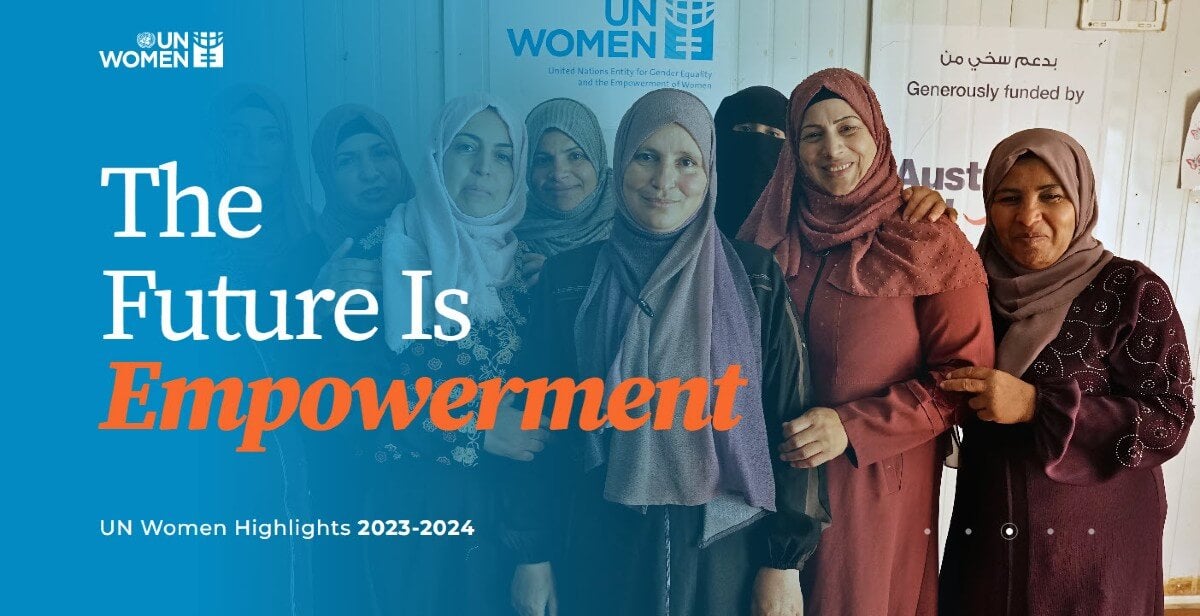Press release: Women are increasingly at-risk in conflict and underrepresented in peace processes, according to a UN report
Women’s rights advocates and UN organizations brief the UN Security Council on the main issues and challenges on the implementation of the women, peace and security agenda.
New York — More than 600 million women and girls lived in conflict-affected countries in 2022, a 50 per cent increase since 2017. Civilians around the world need greater humanitarian aid than ever before—but countries are instead increasing military spending, which topped USD 2.2 trillion in 2022.
That is the picture painted by the new UN Secretary-General report on women, peace, and security, issued annually, coinciding with the UN Security Council Open Debate taking place today in New York, titled “Women’s participation in international peace and security: From theory to practice”. UN Secretary-General António Guterres; UN Women Executive Director Sima Bahous; President of the International Committee of the Red Cross, Mirjana Spoljaric; Ambassador Glivânia Maria de Oliveira; as well as a civil society representative are the anticipated briefers.
“These negative trends are setting back both gender equality and global peace”, said Sima Bahous, UN Women Executive Director. “However, this dire picture is not inevitable. We can reverse it by investing in women’s organizations in crisis settings, increasing the meaningful participation of women in mediation and peace processes, promoting parity in political and electoral processes, and using accountability tools to strengthen the protection of women in conflict-affected countries.”
The report puts a spotlight on the global security humanitarian situation, which has become more grim, with a disparate impact on women and girls. In Afghanistan, for example, the Taliban have issued more than 50 edicts to suppress women’s and girls’ rights; and when fighting broke out earlier this year in Sudan, widespread sexual violence returned to Darfur, reminiscent of the conflict in the region two decades ago. Further, the report shares a picture of decline in several countries for women to participate in decision-making on peace and security. Events of political violence targeting women increased by 50 per cent in conflict-affected countries between 2020 and 2022.
A key recommendation presented in the report is for at least one third of all participants in mediation and peace processes to be women, but the reality shows that women remain sidelined from the main negotiations. While women participated in 80 per cent of UN-led or -co-led peace processes, their actual numbers remained low, at only about 16 per cent of total participants—a proportion that has decreased for two years in a row. Women were almost completely absent from many other peace processes and political talks on situations on the agenda of the Security Council, including in Ethiopia, Kosovo (under UN Security Council resolution 1244), Sudan, Myanmar, and Libya.
Additional recommendations from the report include:
- Investing USD 300 million in new funding pledges for women’s organizations in crisis settings over the next three years;
- Setting ambitious targets for women’s direct participation on delegations and negotiating teams, and appointing women as lead mediators in peace processes;
- Reducing military expenditures and increasing funding to women’s peacebuilding efforts which have repeatedly shown to be effective and sustainable;
- Ensuring women human rights defenders can work safely in their home countries or relocate as necessary.
The UN Secretary-General report on women, peace, and security is issued annually coinciding with the UN Security Council Open Debate on resolution 1325, which calls for all parties to conflicts to ensure the safety of women and girls, and for women’s full involvement in peace processes.

